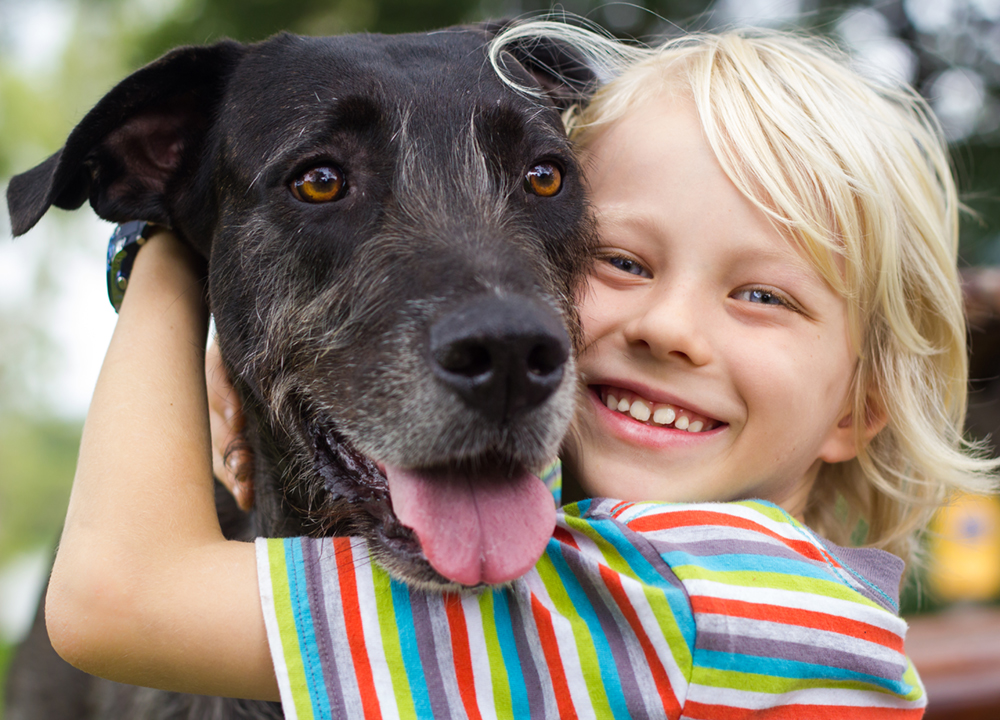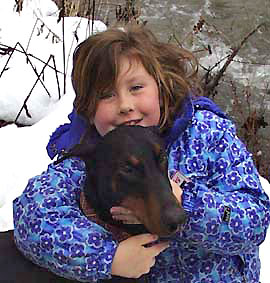So how can we prevent dog attacks on children? Apart from shadowing their every move (hardly possible with a pre teen!), it is very important that they are educated. Once is not enough, it needs to be repeated to them until they end up telling you what to do & what not to do! Use every sighting of a dog as a chance to have a chat about what the body language may mean. If you don't know yourself then ensure you ask experts and take the time to read the books and look at the pictures.
Let's look at some of the basics of preventing dog attacks on children:
- Never approach a dog that is tied up or tethered (no matter how old you are).
- Never reach over or through a fence or car window to pat a dog, even if it seems friendly. Dogs confined or in small spaces are much more likely to be defensive as they can't escape.
- A wagging tail doesn't necessarily mean that a dog is friendly. The type of wag a dog displays (along with other body language) can often indicate the dogs' intentions but always be wary of tails tucked between the legs and high stiff wags. The floppier the wag the better and mid height is usually the safest. Windmill type wags are usually a sign of a happy relaxed dog but if in doubt play it safe and leave the dog alone.
- Eye contact - staring at a dog is insulting just as a dog staring at you is a warning sign. Dogs may also accompany the stare with a low growl but not always. Many dogs do not growl before biting.
- Licking the lips & yawning may indicate a dog is not sure or is anxious. Lifting up a corner of the lip and or showing the teeth is a red flag to danger as is the stiffening of the body, freezing up, snarling or snapping. If you encounter this avoid direct eye contact (but keep an eye on the dog) and slowly move yourself away. Always keep yourself safe by not leaving yourself too open to a dog when it approaches (or if you approach it) and keep movements slow and smooth (not fast or jerky).

 Do you know someone who has children? Or do you know young dog lover like my niece who is not lucky enough to have a dog in the family? (Hence they may not know dogs as well as they would like to think they do). Even if they do have a dog in the family please forward this advice. There are also some great books out there for children.
Do you know someone who has children? Or do you know young dog lover like my niece who is not lucky enough to have a dog in the family? (Hence they may not know dogs as well as they would like to think they do). Even if they do have a dog in the family please forward this advice. There are also some great books out there for children.
Recommended Reading
How to Speak Dog by Sarah Whitehead




